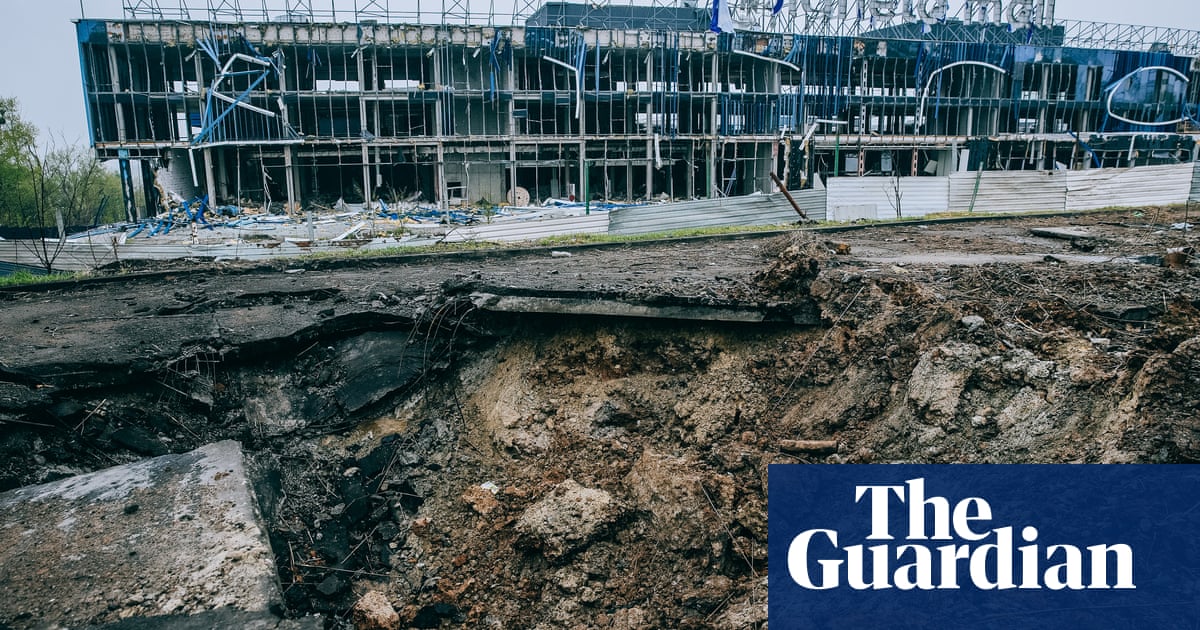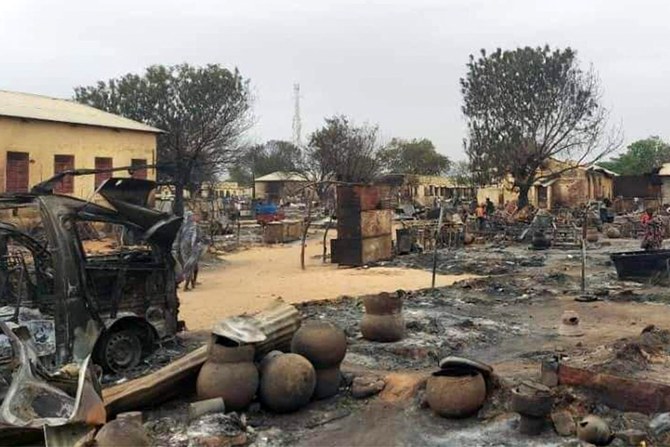
The “D-day” is approaching between Turkey and the US for the deployment of the Russian-made S-400 air defense system and the retaliatory sanctions that the White House has threatened to impose on Turkey.
The origins of the conflict go back decades; to when Turkey was exposed to a threat by Saddam Hussein’s Iraq because it was allowing the US to use its military bases for attacks across the border. Several Iraqi missile attacks were averted thanks to the Patriot missiles made available by the US.
Turkey repeatedly asked the US to sell it the Patriot defense system but the US repeatedly declined, using unconvincing excuses.
When the Syrian crisis broke out, Turkey was exposed to another threat from various armed opposition factions and bombs fell in many Turkish towns close to the Syrian border. Some NATO countries deployed Patriot missiles in Turkey to protect NATO infrastructure there, but they withdrew them before the threat was over, probably because they thought Ankara was not doing enough to fight Daesh.
Turkey opened its first tender to buy an air defense system in 2013. The lowest compliant bidder was the China Precision Machinery Import-Export Corporation (CPMIEC) at $3.4 billion. But, in view of US sanctions on the CPMIEC because of its violation of the Non-Proliferation Treaty, Turkey announced that it would not buy the Chinese system. After turning down CPMIEC, Turkey turned to Russia and purchased the S-400, which was a much better performing system and $1 billion cheaper than the American equivalent.
When Turkish President Recep Tayyip Erdogan last week explained this background to his US counterpart Donald Trump during a brief talk on the margins of the G20 meeting in Japan, the US president did not miss the opportunity to blame the Obama administration for refusing to sell the Patriot system to Turkey — even though George W. Bush had also refused to do the same.
The US president did not miss the opportunity to blame the Obama administration for refusing to sell the Patriot system to Turkey
Yasar Yakis
The second leg of the conflict is the US decision to withhold delivery of the F-35 super fighters that Turkey has already purchased. Erdogan said: “You are looking for a customer to buy your product. Turkey volunteered to buy it. It paid every instalment of the price. How can you refuse the delivery of the aircraft? This is nothing less than usurpation. So far, we have paid $1.4 billion. Our pilots have been trained in the US. The US has completed the transfer of ownership of four aircraft to the Turkish air force. We have made an agreement to buy 116 F-35s. Furthermore, Turkey is not only a buyer, but also a co-manufacturer. Some of the components of the aircraft are manufactured in Turkey.”
Despite this background, the US says it will withhold the delivery if Turkey does not give up its plans to deploy the S-400.
Furthermore, there are sanctions that the US Congress decided to impose on Turkey, but it is unclear to what extent they will be implemented. During the short exchange of views last week in Osaka, Trump promised Erdogan that he would do his best to prevent the implementation of these measures. Trump has been unhappy with these sanctions since the day he signed the Countering America’s Adversaries Through Sanction Act (CAATSA) into law. He issued a separate statement at the time complaining about the unconstitutionality of the law and the restrictions that Congress was bringing to the executive branch’s authority.
The issue was further complicated by a Pentagon statement a few hours after Trump promised support to Erdogan in Japan. A spokesman said there was no change in the US position.
In the past, the Pentagon has been able to resist Trump’s decisions, including when he promised Erdogan that he would immediately withdraw US soldiers from Syria and set up a safe zone to be protected solely by the Turkish army. Therefore, it will be safer to wait and see whether Trump’s decisions will be implemented this time.
Turkey is in a strong position on both the deployment of the S-400 and the purchase of F-35s. Erdogan committed himself not to step back from this position — but the other side is a superpower.
One of the likely scenarios is that both countries will try to maintain their position with face-saving adjustments, and it may eventually end up in deadlock. In other words, the S-400 will arrive in Turkey and it will be deployed in a place with low visibility. Trump will make an effort to block the implementation of the CAATSA measures and the entire exercise will cool down after further increasing the Turkish economy’s fragility. But we still do not know whether this scenario will materialize.












